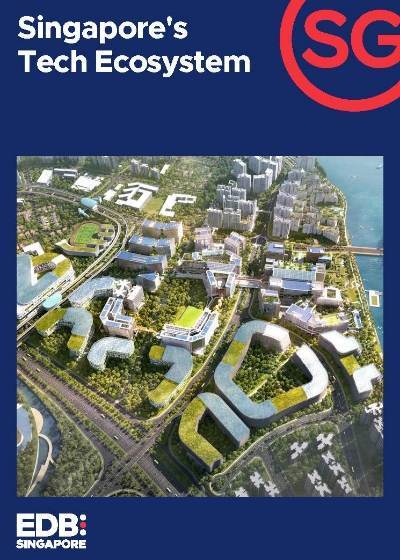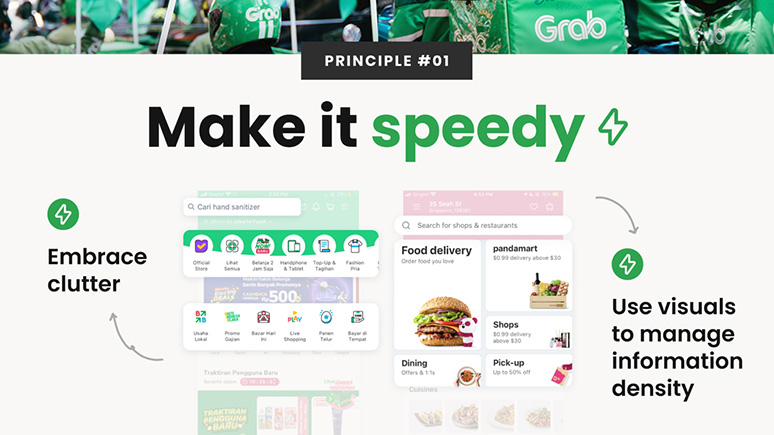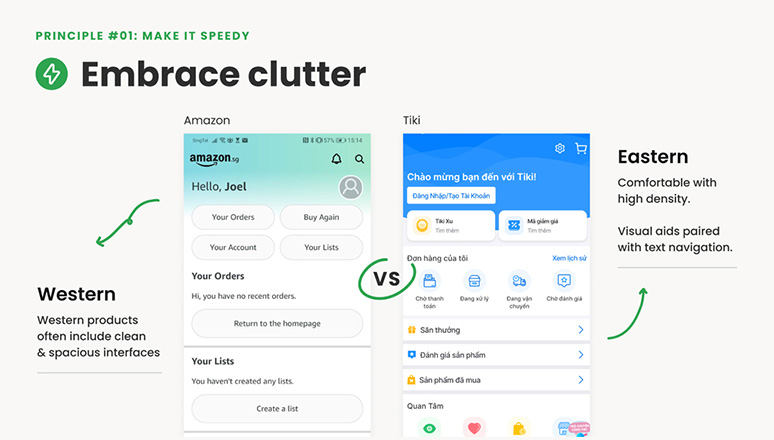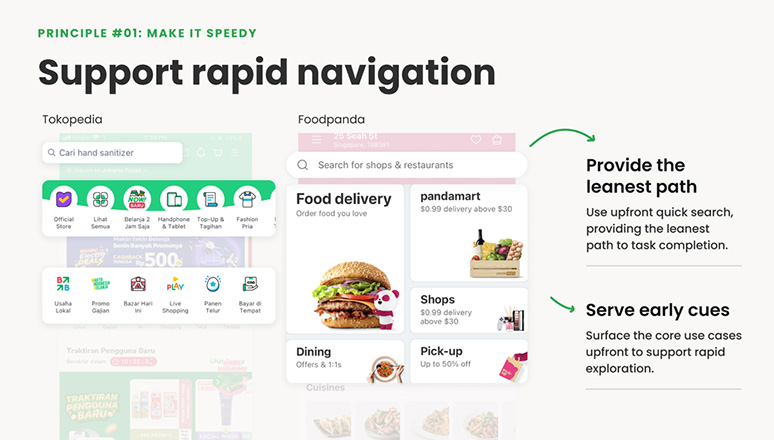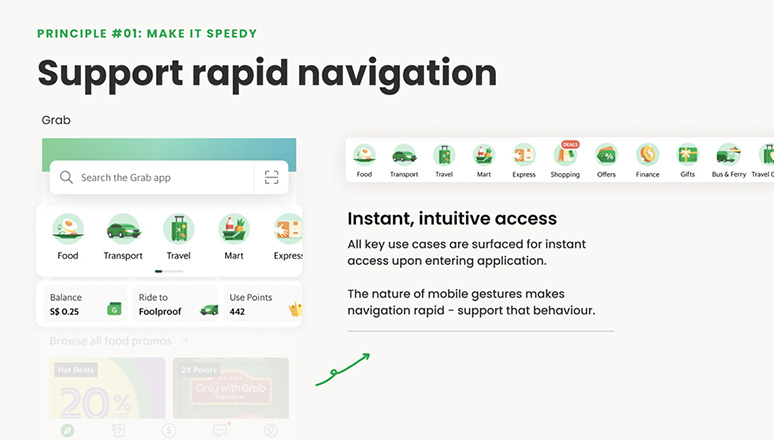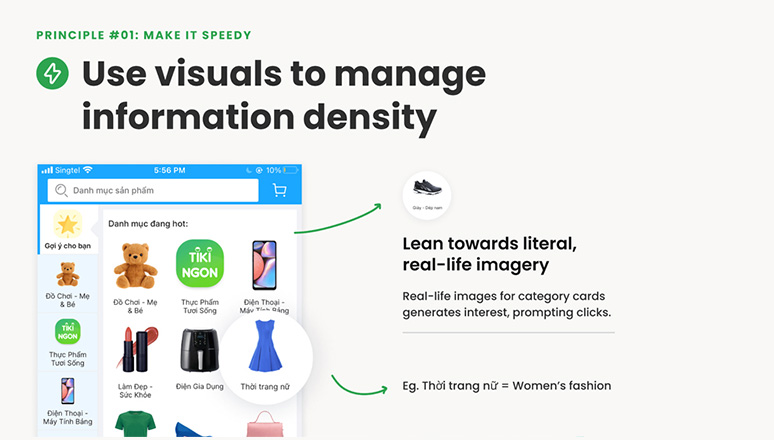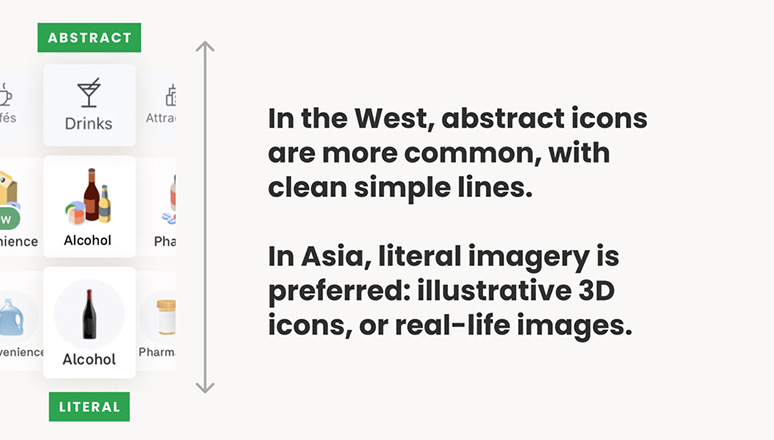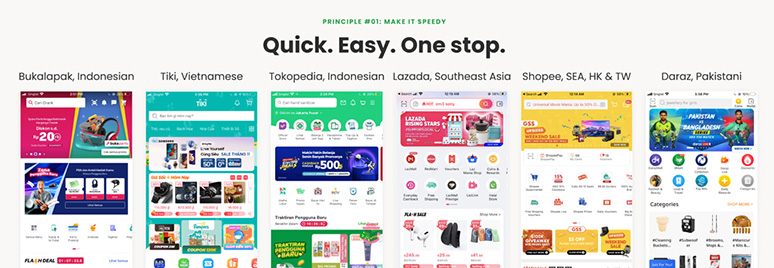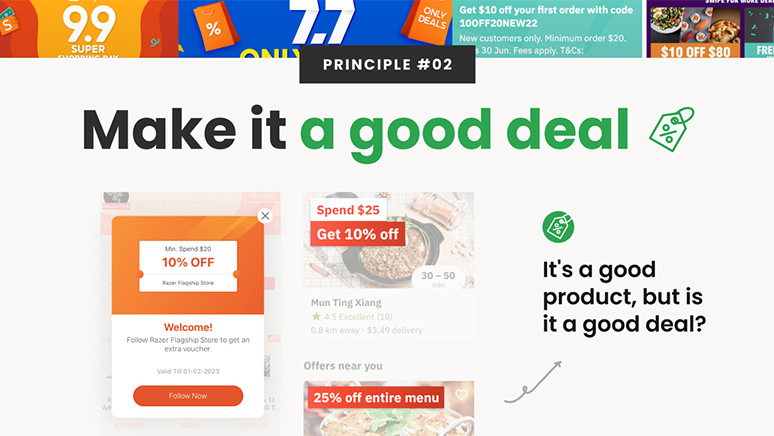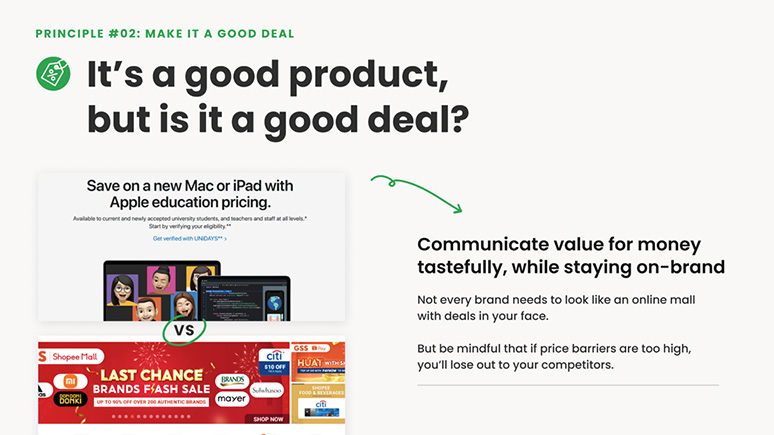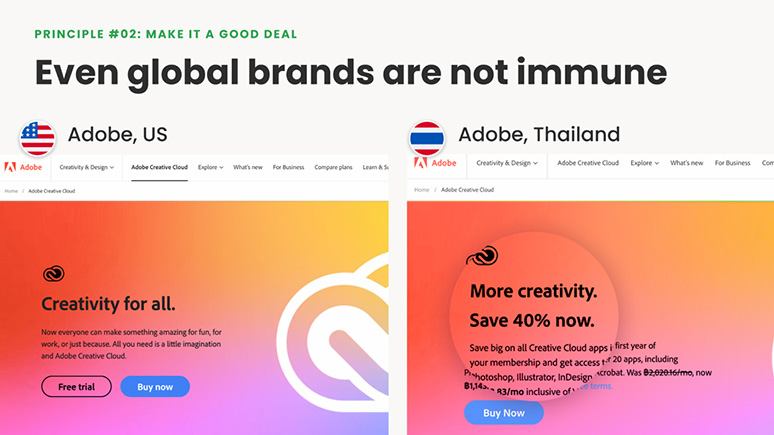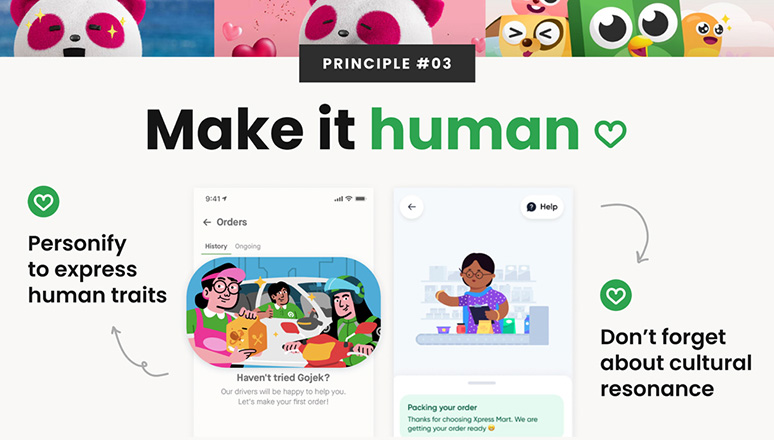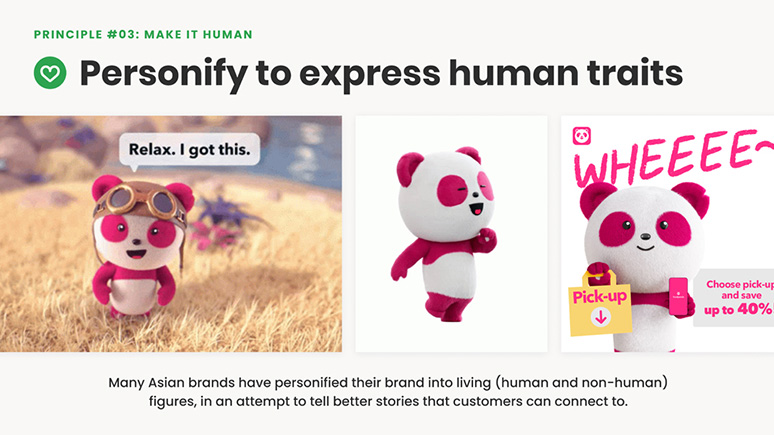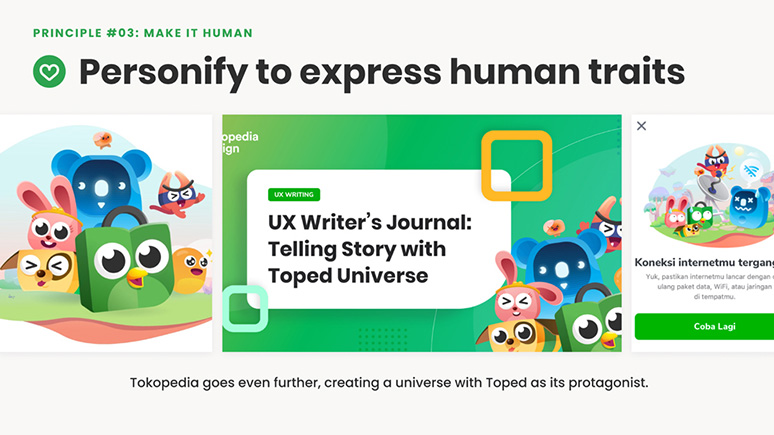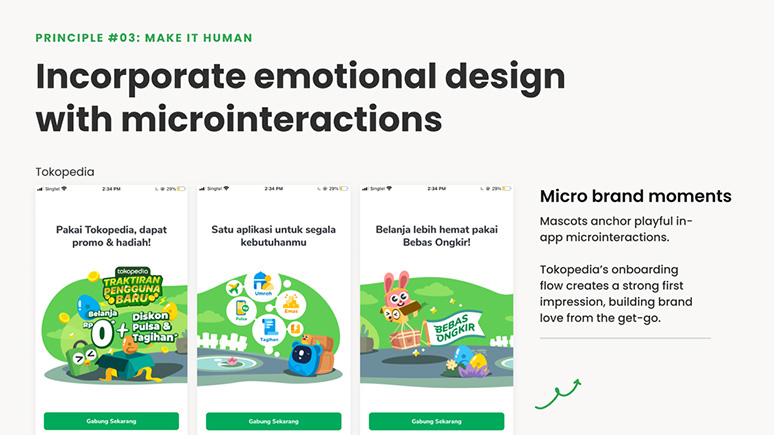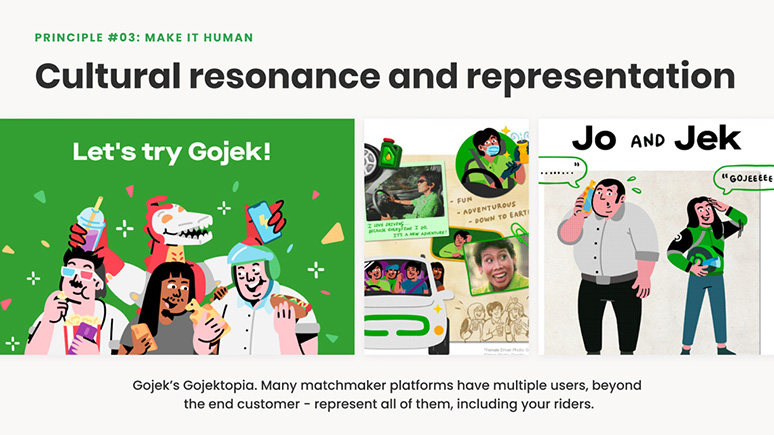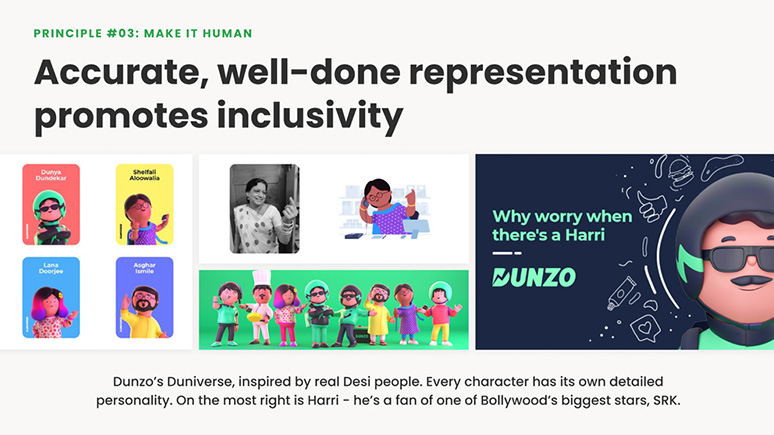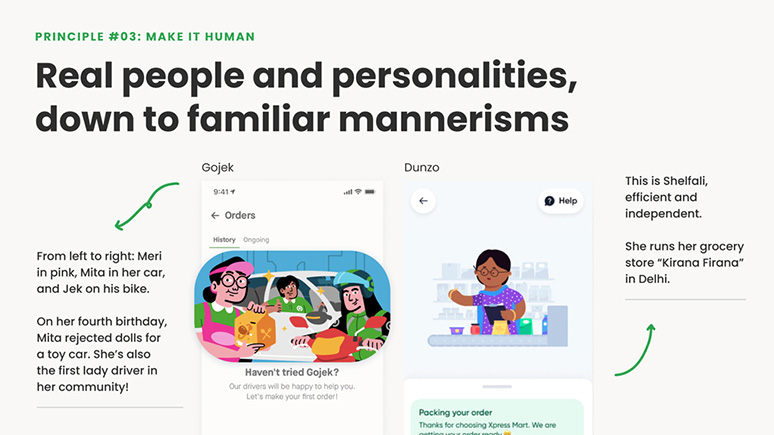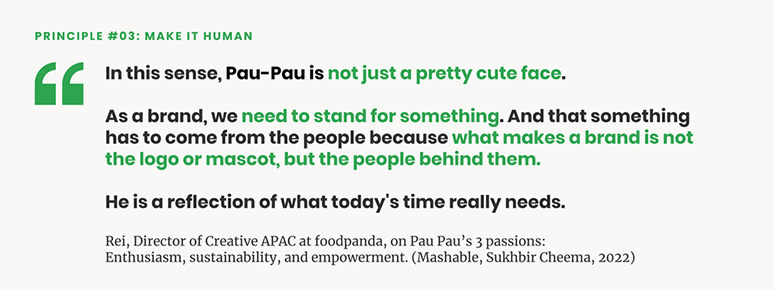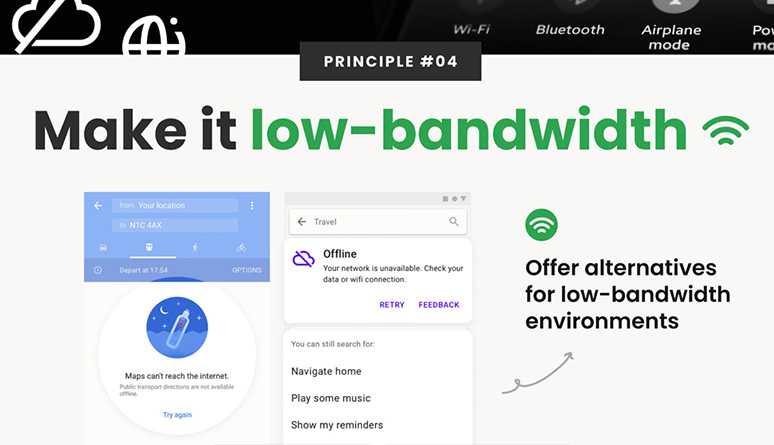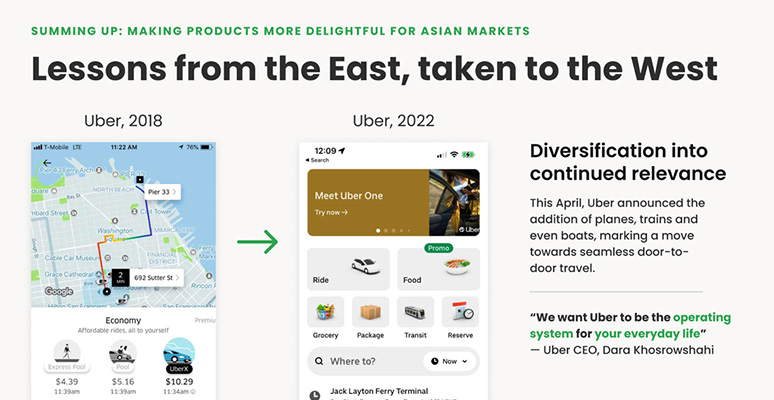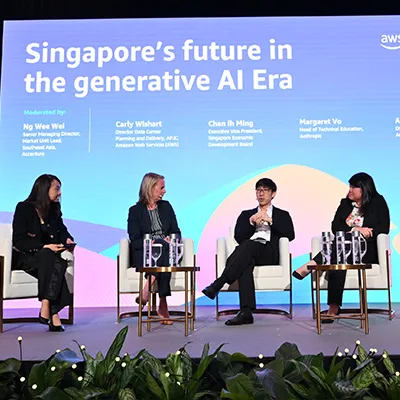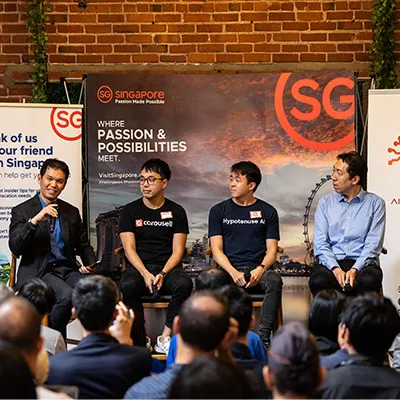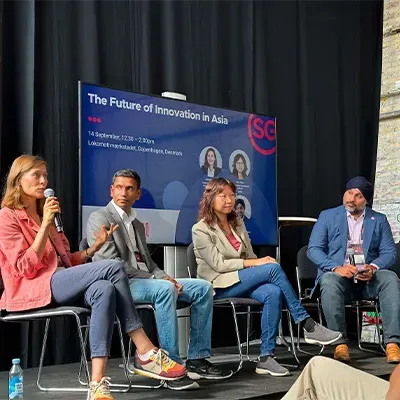In the research we have done around the region, we often see that expensive data or poor infrastructure means participants still track data usage, switch data off when not using it, or spend large chunks of time in areas with limited connectivity. The best products manage this gracefully, continuing to provide value and usage across a range of conditions.
The first thing to do here is to clearly communicate offline states. Many apps today assume that they will be constantly online, leading to strange application behaviours when the internet cuts out. A simple “You are currently offline” message goes a long way in managing expectations.
Beyond that, provide your customers with control over when to load content. You could even consider providing multiple means to consume that content, beyond immediate loading. Watching a 1GB video may not be the most data-sensitive thing to do, considering how expensive pre-paid data could be is in these regions.
Finally, consider how to provide value even when completely offline: don’t simply leave a warning sign saying “Try again”. Think more along of options that convey the lines of “Save as draft”. Cache important data locally, to provide offline functionalities or create a “cart” of actions that can be triggered quickly when connectivity is restored.
Summing up
Growing your digital product’s presence in the region is not about evolving your product so that it only works in Asia alone, it is about learning new lessons from this region, and applying them globally.
Indeed, as Asian markets become sought after to enable growth, design can help keep brands relevant across the diversity in the world. Brands like Uber and Walmart are already doing this: Uber’s plans to become the West’s first superapp started 2 years ago, and remains underway.
Singapore is a great place to explore delightful design for the region, with its ecosystem of design and product management talent, focus on innovation, and inherent multiculturalism. Create powerful, human experiences, from Singapore to the world.

